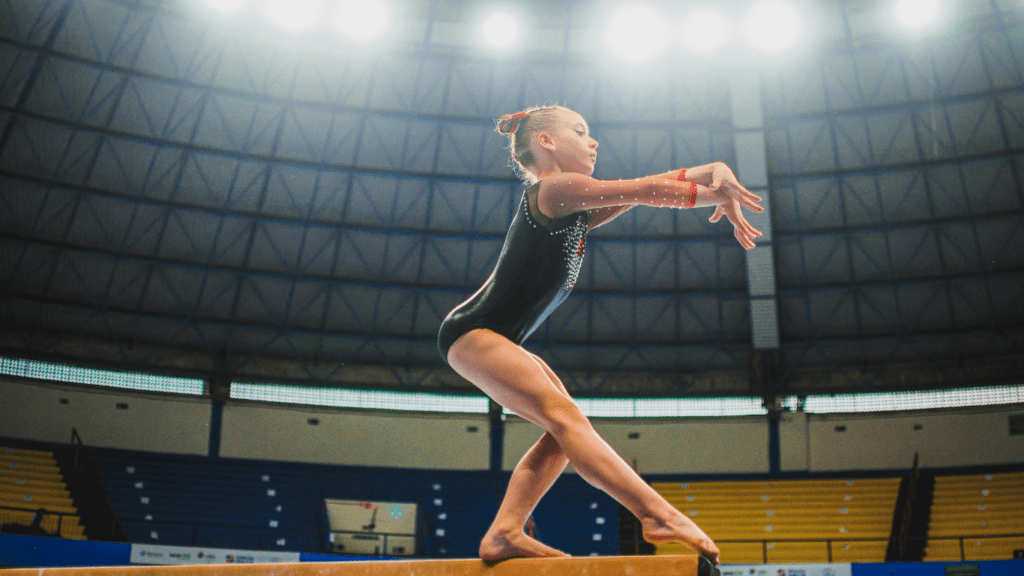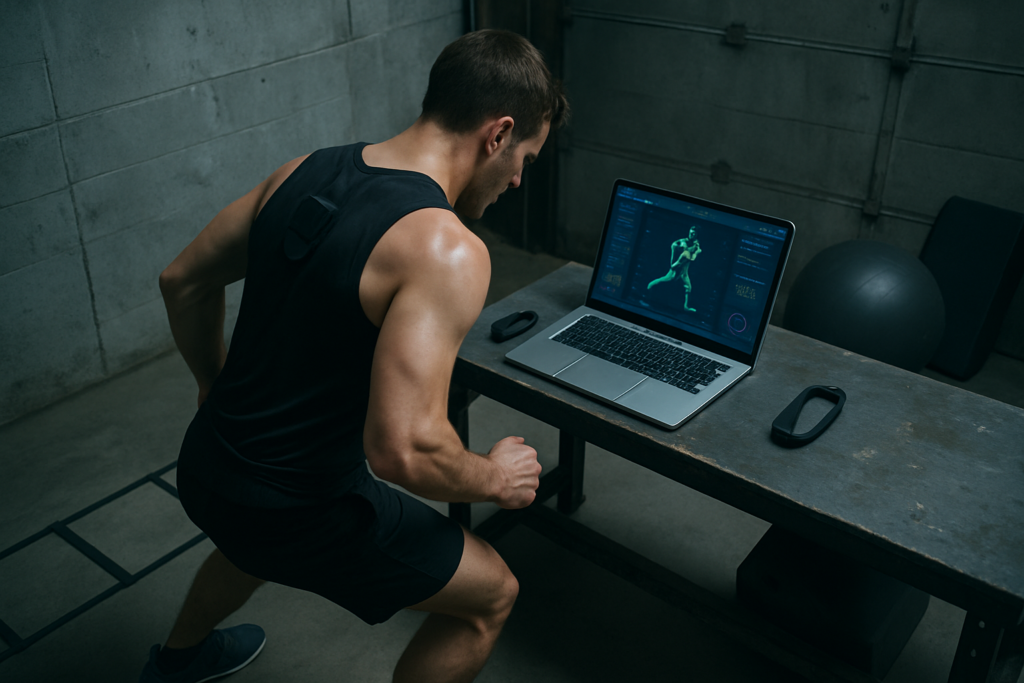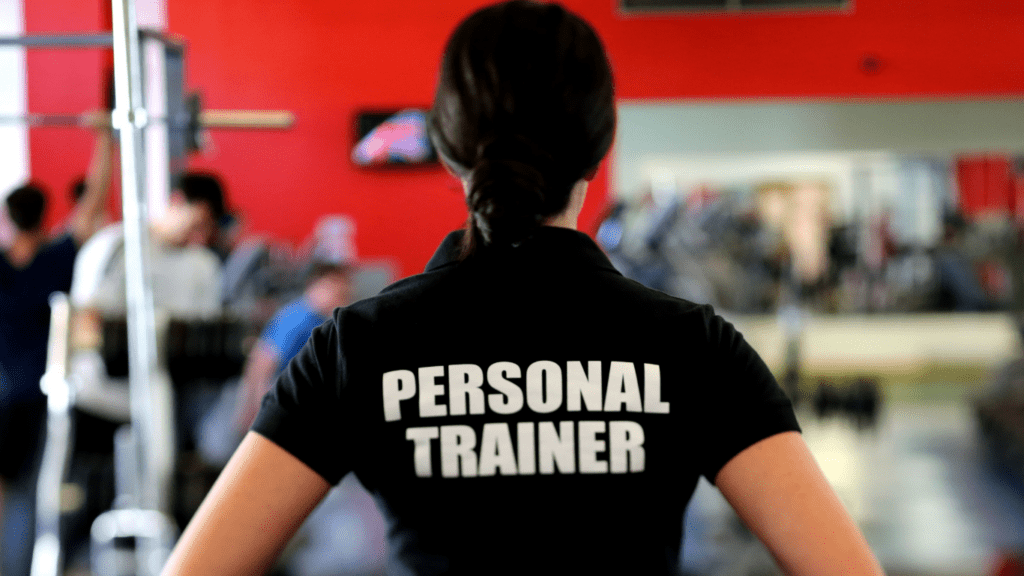In the ever-evolving world of sports and fitness, injury prevention has become a top priority for athletes and trainers alike. I’ve seen firsthand how neuromuscular training is emerging as a game-changer in this arena.
This innovative approach focuses on enhancing the communication between the brain and muscles, ultimately leading to improved performance and reduced injury risk. As we delve into the intricacies of neuromuscular training, it’s clear that this method not only strengthens the body but also fine-tunes motor skills and coordination.
By embracing this cutting-edge technique, athletes can take proactive steps toward safeguarding their health while pushing their limits. Join me as I explore how neuromuscular training is set to revolutionize injury prevention strategies and elevate athletic performance to new heights.
Overview of Neuromuscular Training
Neuromuscular training focuses on optimizing the connection between the nervous system and muscles. This technique enhances overall athletic performance and plays a significant role in injury prevention.
Definition of Neuromuscular Training
Neuromuscular training involves exercises designed to improve the communication between the brain and muscles. It incorporates balance, strength, coordination, and agility drills. These exercises may include plyometrics, proprioceptive training, and sport-specific movements.
The goal is to develop motor skills and improve functional performance, thereby reducing the likelihood of injuries.
Importance in Injury Prevention
Injury prevention benefits greatly from neuromuscular training. Strengthening muscles, improving balance, and enhancing coordination directly contribute to reducing injury risk. Research shows that athletes who engage in neuromuscular training experience fewer injuries during competition and practice.
By addressing muscle imbalances and refining movement patterns, athletes can sustain performance while safeguarding their health.
Key Components of Neuromuscular Training
Neuromuscular training consists of several essential components that work together to enhance athletic performance and reduce injury risk. These components include strength training, balance and coordination, and flexibility and agility.
Strength Training
Strength training forms the foundation of neuromuscular training. Exercises like squats, deadlifts, and lunges develop muscle strength and help correct imbalances. By focusing on resistance-based movements, athletes increase their overall power, which contributes to improved performance and stability.
Research shows that athletes engaging in targeted strength training experience fewer injuries, particularly in high-intensity sports.
Balance and Coordination
Balance and coordination exercises enhance body awareness and stability. Activities such as single-leg stands, balance boards, and agility drills train the body to respond to unexpected movements.
Improved balance decreases the risk of falls and related injuries, ensuring athletes maintain optimal control during performance. Studies indicate that well-developed coordination skills significantly contribute to athletic efficiency and safety.
Flexibility and Agility
Flexibility and agility are crucial for effective movement in sports. Dynamic stretches and agility drills increase joint range of motion and improve quick directional changes. Enhancing flexibility reduces muscle tension, while agility training sharpens reaction times.
Implementing these exercises leads to more efficient movements and decreases the likelihood of strains or sprains during high-stress activities. Evidence suggests that athletes who prioritize both flexibility and agility experience a safer athletic career.
Benefits of Neuromuscular Training
Neuromuscular training offers significant advantages for athletes, particularly in reducing injury rates and enhancing overall performance. These benefits result from the training’s ability to improve coordination, balance, and functional strength.
Reduction in Injury Rates
Engaging in neuromuscular training leads to a marked reduction in injury rates among athletes. According to research, athletes who participate in this training experience up to 50% fewer injuries during competition and practice.
This reduction occurs because neuromuscular training strengthens stabilizing muscles, corrects movement patterns, and addresses muscle imbalances. By improving proprioception—the body’s sense of its position in space—athletes gain better control over their movements, which decreases the likelihood of sprains, strains, and other injuries.
Enhanced Athletic Performance
Neuromuscular training also boosts athletic performance significantly. Improved coordination, agility, and balance contribute to greater efficiency in movement. Studies reveal that athletes who engage in neuromuscular training can enhance their speed, power, and endurance.
For instance, plyometric exercises increase explosive strength, while agility drills refine quick directional changes. These advancements not only optimize performance during competition but also offer lasting benefits for training sessions. The overall effect is a more resilient athlete who can perform optimally and sustain peak performance levels longer.
Implementation of Neuromuscular Training Programs
Implementing neuromuscular training programs requires careful design and continuous monitoring. These steps ensure athletes maximize the benefits while minimizing injury risks.
Designing a Program
Designing a neuromuscular training program involves assessing the specific needs of athletes. Identifying current fitness levels, injury history, and sport-specific demands allows me to tailor exercises effectively. Key elements of the program include:
- Strength Training: Incorporate compound movements like squats, deadlifts, and lunges. These exercises build foundational strength, addressing any muscle imbalances.
- Balance and Coordination: Integrate exercises like single-leg stands and stability ball workouts. These activities enhance proprioception, improving body control.
- Agility Drills: Use cone drills and ladder exercises to boost speed and agility. These drills prepare athletes for rapid directional changes common in sports.
- Flexibility Work: Include dynamic stretching routines to improve joint mobility and reduce tension. Flexibility plays a crucial role in preventing injuries during high-intensity activities.
Each session should incorporate a warm-up and cool-down phase to reduce injury risk. Scheduling sessions two to three times per week provides a balanced approach to training.
Monitoring Progress
Monitoring progress is essential to evaluate the effectiveness of the neuromuscular training program. Regular assessments help identify improvements and areas needing adjustment. Key strategies include:
- Performance Testing: Conduct baseline tests in strength, balance, and agility. Reassess these metrics every 4-6 weeks to track improvements.
- Injury Tracking: Document any injuries and recovery times. Analyzing injury data provides insights on the program’s effectiveness and necessary modifications.
- Athlete Feedback: Encourage athletes to share their experiences. This input can reveal perceptions of the program and help adjust training loads to avoid overtraining.
With thoughtful design and ongoing monitoring, neuromuscular training programs can significantly enhance athletic performance while reducing the risk of injuries.



